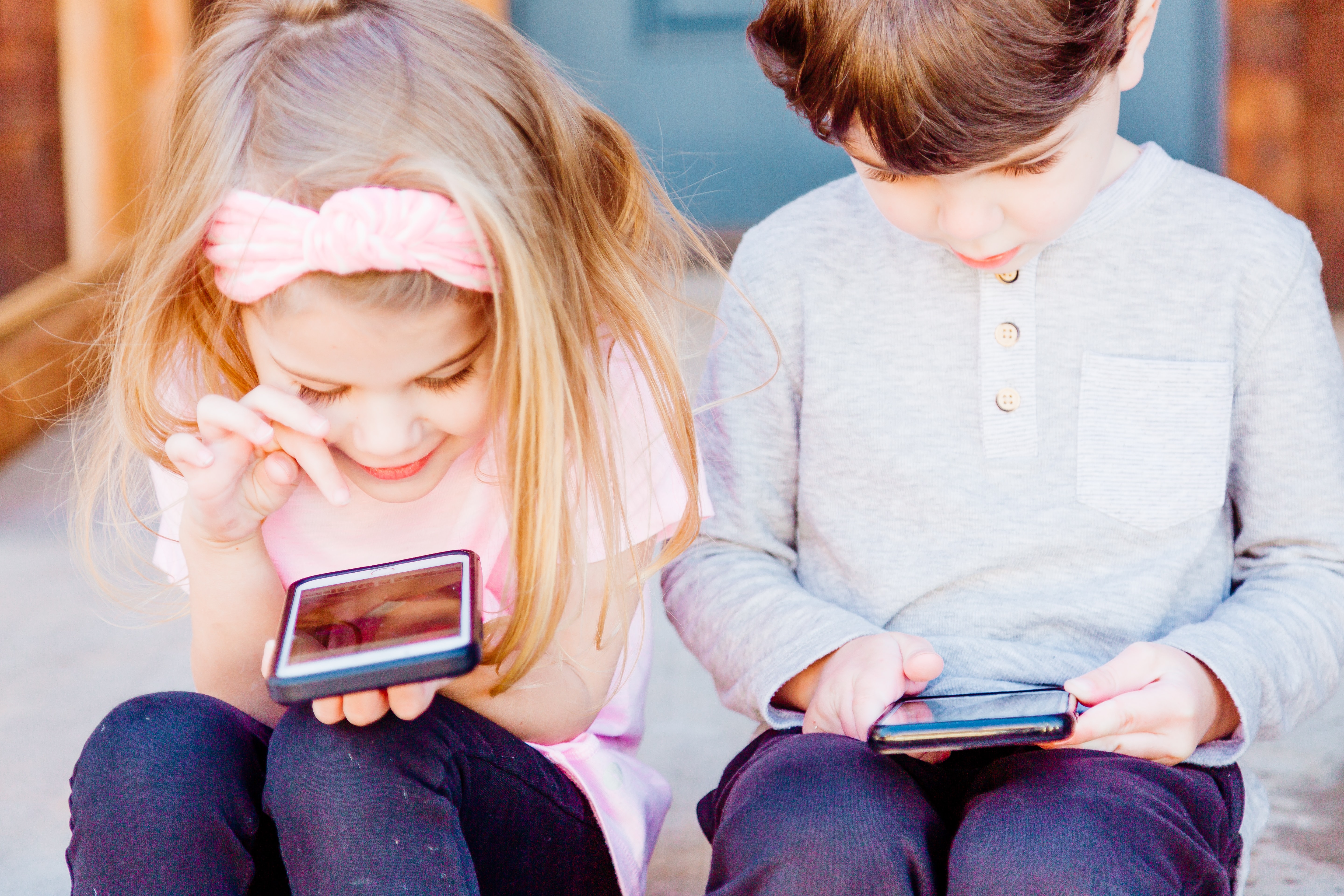Distance Learning Now and Post COVID-19

There’s a good chance that school campuses are going to look different in the fall of 2020. For some, there may still be off limits or restricted access. Others returning to school in September are going to be met with more stringent health requirements for students attending class. One thing is for sure, the valiant efforts of schools and teachers this spring, in response to the COVID-19 crisis, was a lot of learning on the fly. Learning how to best interact with the class remotely, for how long, how much instruction needs to be from the teacher vs self taught. All of these questions were being answered during class.
Fall and expectations for a smoother fall are going to be increasing as time to get things figured out increases. And while we expect some form of virtual learning to be part of the new classroom setting, we may be doing things quite a bit different than the crisis reaction we experienced this spring. Whether there is a more permanent presence of virtual classrooms a couple of days a week for everyone, or extra precautions that are being created to keep sick children at home instead of sending them to class where they could infect others, we need to be preparing now for what fall will look like.
A few things we’ve learned over the past month:
- Virtual schooling during the COVID-19 crisis changed our understanding and we now see virtual learning as a viable option for some classroom work
- Innovative ways of engaging students and keeping parents, teachers, and students connected will lead to lasting change, with technology playing a bigger role in schools in the immediate future
Video Conferencing
Around the world, schools are using existing platforms from the likes of Google Hangouts, Zoom, and Seesaw to deliver lessons to their students. And virtual classes aren’t just restricted to traditional math and reading, nor are they just a repository for teachers to post self directed assignments. Several schools have incorporated opportunities for increased social interactions with students, collaborative art time, and even virtual gym classes. We’re also hearing that video conferencing for Parent/Teacher conferences has allowed for more frequent and meaningful interactions.
Most classrooms have begin full class video sessions and early results show that doing this for a single 1-1.5 hours per day for Elementary aged students works best. PreK operates better in two 20-30 minute sessions.
Plan Now for Fall
Have pre-recorded instruction for students that need to stay home because they are sick. Prepare workbooks and packets that can be facilitated remotely.
Set aside designated time for full class and individual instruction.
We’ve got time to put something amazing together. Let’s take Caitlin’s advice to heart and really embrace the opportunity that is coming to redefine education in the new world. https://open.spotify.com/episode/3vvDlMhDQf9XCsSMKGY82F








